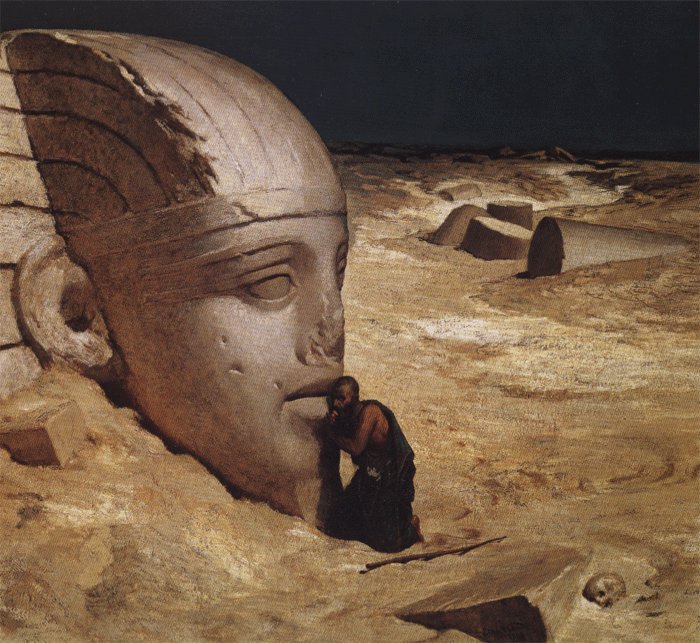2051
2052
2054
2055
2059
2060
2062
2063
2064
2066
2067
2068
2069
2070
2071
2075
























